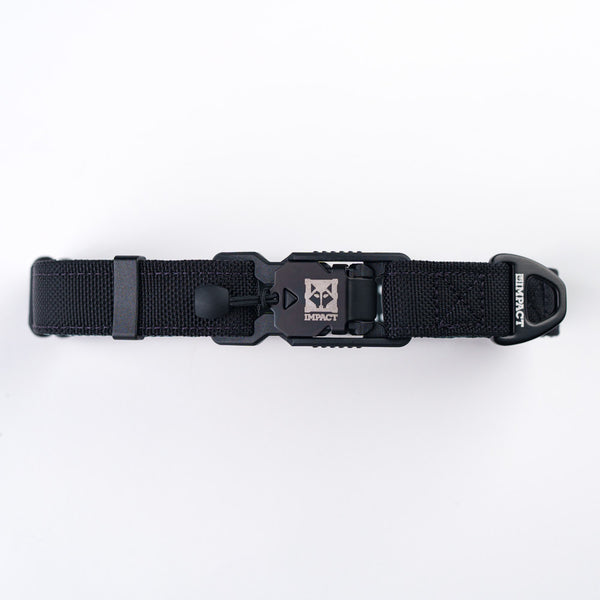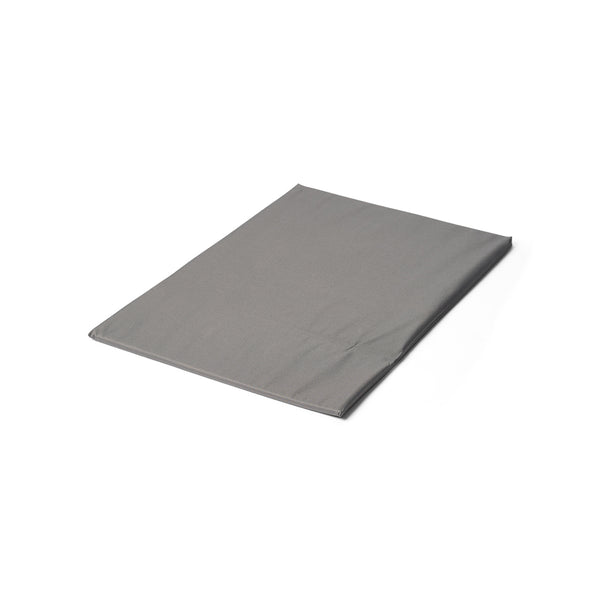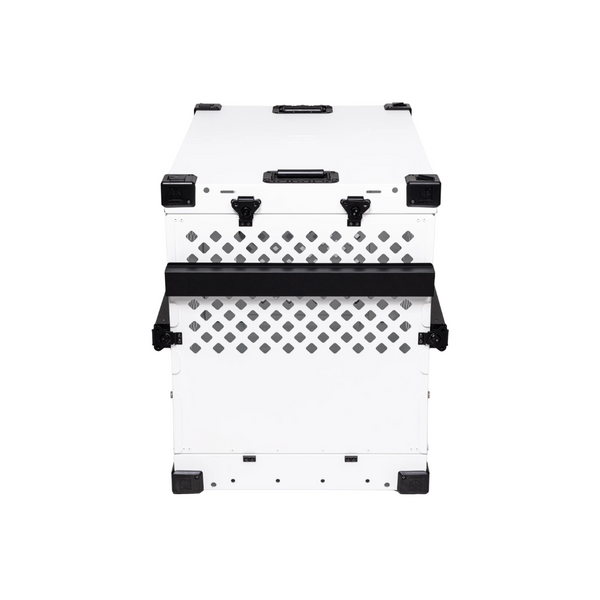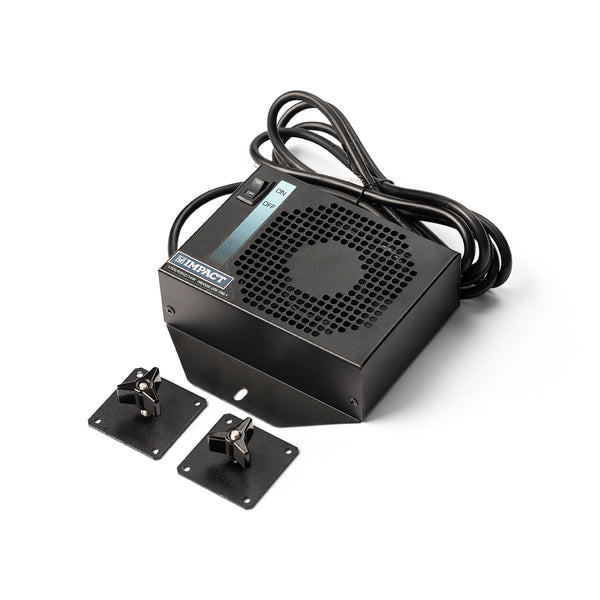Just like humans, dogs can be born with or develop spinal and vertebral malformations that impact their mobility, comfort, and overall health. These malformations often result from genetic predispositions or disruptions in normal fetal development and typically become noticeable during puppyhood or periods of rapid growth.
These abnormalities can sometimes be subtle, but in other cases, they may cause noticeable changes in posture, gait, or even pain. As a pet owner, noticing these changes can be upsetting, but understanding what’s happening is the first step toward managing your dog’s health.
This guide will help you learn about congenital spinal deformities, what causes them, how to recognize them, and how they can be managed with the help of your trusted veterinarian.
Causes of Spinal and Vertebral Malformations
Spinal and vertebral defects often arise from:
-
Genetic mutations passed down through selective breeding
-
Improper segmentation or fusion of vertebral structures during fetal development
-
Nutritional imbalances or trauma that occurs in utero
These malformations are usually present at birth, although they may not become noticeable until the dog begins to grow or move more actively.
Recognizing Signs and Symptoms
Watch for the following signs that may indicate spinal issues:
-
Abnormal posture or curvature of the spine
-
Unsteady gait or uneven walking
-
Weakness in the limbs, especially the back legs
-
Sensitivity along the spine when touched
-
Delayed motor development in puppies
-
Loss of bladder or bowel control in more severe cases
Common and Rare Malformations
Common Malformations
-
Scoliosis: A sideways “S” curve along the spine
-
Kyphosis: A hunched or upward curve of the spine, giving a roach-backed look
-
Lordosis: A noticeable dip or downward curve in the lower back
Rare Malformations
-
Sacrococcygeal Dysgenesis: Malformation of the tailbone and lower spine that can affect nearby nerves
-
Myelodysplasia: Abnormal spinal cord development that may cause weakness or paralysis
-
Hemivertebrae: Wedge-shaped vertebrae that result in spinal curvature or compression
-
Block Vertebrae: Fused vertebrae that reduce flexibility and may affect nerve function
Breeds Most at Risk
Some dog breeds are more prone to spinal malformations due to inherited traits:
-
French Bulldogs
-
English Bulldogs
-
Pugs
-
Boston Terriers
-
German Shepherds
-
Great Danes
Why Early Diagnosis Is Important
Detecting spinal malformations early is critical. The prognosis for dogs with spinal deformities is significantly better when identified and treated promptly. If your puppy shows signs of spine or posture problems or has difficulty moving, a veterinary evaluation is essential.
Diagnostic tools may include:
-
X-rays (Radiographs): Evaluate spinal alignment and detect curvature
-
CT Scans: Provide detailed views of vertebral structure
-
MRI or Myelography: Assess soft tissue and detect spinal cord compression
-
Neurological Exam: Check reflexes, strength, and gait patterns
Treatment and Management Options
Treatment plans vary depending on the severity of the condition and whether neurological symptoms are present. Options may include:
-
Physical Therapy: Strengthens muscles and supports mobility
-
Medication: Pain relievers and anti-inflammatory drugs for symptom control
-
Supportive Devices: Mobility aids such as harnesses or carts for dogs unable to walk
-
Surgery: Reserved for cases involving nerve compression or reduced quality of life. Surgical options may include spinal decompression, vertebral realignment, or stabilization
You're Not Alone: Support for Pet Owners
Learning that your dog has a spinal condition can feel overwhelming. It's normal to experience a mix of emotions, including fear, confusion, and even guilt. But remember, you’re not alone.
Many dogs with spinal conditions go on to live full and happy lives with a little extra care. By working closely with your veterinarian and staying alert to any changes in your pet’s condition, you can make informed decisions that support your dog’s well-being.
The most important first step is to speak with your veterinarian or a veterinary neurologist. They will help evaluate your dog and develop a care plan tailored to your pet’s needs. The sooner you begin this process, the better the outcome will likely be for your pet and for your peace of mind.
https://www.petmd.com/dog/conditions/musculoskeletal/c_dg_spinal_malformations














